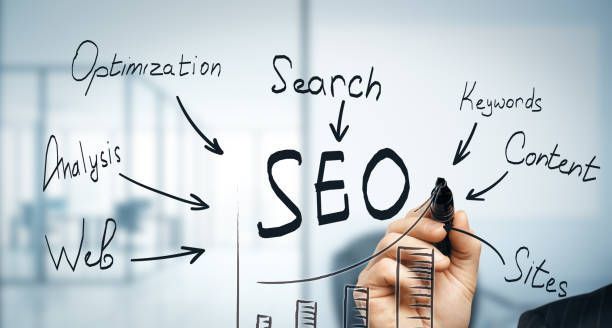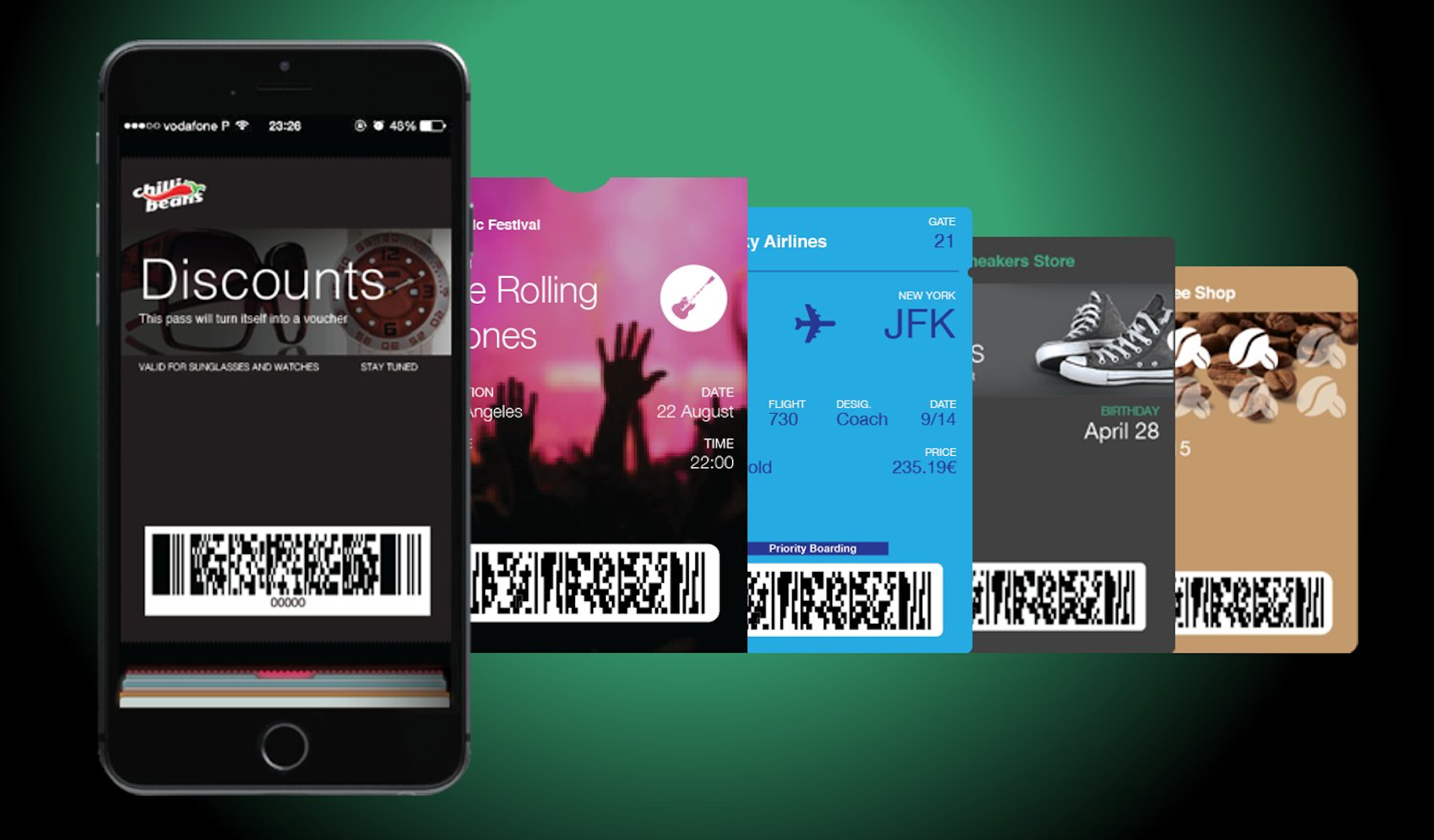









Business analytics is the process of using data analysis, statistical and quantitative methods, and predictive modeling to gain insights and make informed business decisions. It involves collecting, processing, analyzing, and interpreting data in order to identify patterns and trends that can inform strategies and drive business growth. It can be applied to a wide range of business functions, such as marketing, sales, finance, and operations, to improve decision-making, optimize processes, and achieve strategic objectives.
Some common techniques used in business analytics include data mining, machine learning, predictive modeling, and
data visualization. The goal of business analytics is to enable organizations to make data-driven decisions that are grounded in empirical evidence and to achieve better outcomes as a result.

Types of Business Analytics
There are generally three types of business analytics:
Descriptive Analytics
Descriptive analytics is the process of analyzing past data to gain insights into what has happened in the past. It provides an overview of historical data and helps organizations understand trends, patterns, and relationships in their data. Descriptive analytics is useful for generating reports and dashboards that summarize past performance and help inform business decisions.
Predictive Analytics
Predictive analytics is the process of using statistical and machine learning algorithms to analyze data and predict future outcomes. It uses historical data to identify patterns and trends that can be used to make predictions about future events. Predictive analytics is useful for forecasting demand, identifying trends, and making informed decisions about future events.
Prescriptive Analytics
Prescriptive analytics is the process of using data and mathematical algorithms to identify the best course of action to take in a given situation. It involves analyzing data to identify the best decision or course of action based on a set of constraints and objectives. Prescriptive analytics is useful for optimizing business processes and identifying the best strategies for achieving business goals.
Each type of business analytics has its own unique benefits and applications, and organizations can use a combination of these techniques to gain deeper insights into their data and make more informed decisions.

What Industries Use Business Analytics
Business analytics is used across a wide range of industries and business functions. Some of the most common applications of business analytics include:
In sum, business analytics can be applied to almost any industry or business function where data is available, and is increasingly becoming a critical component of organizational decision-making processes.

When Should You Use It?
Business analytics should be used whenever an organization needs to make data-driven decisions. Here are some situations where business analytics can be particularly helpful:

Advantages of Using Business Analytics
Below are some important reasons why you might need to use business analytics as a means to improve your business performance:
Understanding your audience:
Analytics tools can provide insights into who is visiting your website, where they are coming from, and what pages they are interested in. This information can help you create targeted content and tailor your marketing efforts.
Increased revenue:
Business analytics can help organizations identify opportunities for revenue growth by analyzing customer behavior and identifying cross-selling and upselling opportunities.
Identifying high-performing content:
By tracking the performance of your website content, you can identify which pages and posts are driving the most traffic and engagement. This information can help you focus your content creation efforts and make improvements to underperforming pages.
Improving website usability:
Analytics can help you understand how users interact with your website, including which pages they visit, how long they stay, and where they exit. This data can help you identify usability issues and make improvements to enhance the user experience.
Tracking Marketing ROI:
By tracking website traffic and engagement, you can measure the effectiveness of your marketing efforts and identify which channels are driving the most leads and conversions.
Making data-driven decisions:
By using data from your analytics tools, you can make informed decisions about website design, content creation, marketing strategies, and more. This can help you optimize your website for better results and improve overall business performance.
Monitoring website performance:
Analytics tools can help you monitor the performance of your website, including page load times, server uptime, and other technical metrics. This can help you identify and fix issues before they impact user experience.
A/B testing:
Analytics can help you conduct A/B tests to compare the effectiveness of different website elements, such as headlines, call-to-action buttons, and layout. This can help you make data-driven decisions about website design and content.
Understanding conversion funnels:
Analytics tools can help you track user behavior throughout the conversion process, from initial visit to final purchase. This can help you identify bottlenecks in the funnel and make improvements to increase conversion rates.
Improving SEO: Analytics can provide insights into which keywords and search terms are driving traffic to your website. This can help you optimize your content and improve your search engine rankings.
Competitive analysis: Analytics can help you compare your website performance against your competitors, including traffic and engagement metrics. This can help you identify opportunities for improvement, create strategies unique from that of your competitors, and stay ahead of the competition.
Improved customer satisfaction:
Business analytics can help organizations understand customer preferences and behavior, which can be used to improve customer satisfaction by providing more personalized experiences.
Cost savings:
Business analytics can help organizations identify areas of inefficiency in their operations and supply chains, which can be optimized to save costs.
Improved decision-making:
Business analytics can provide decision-makers with insights that are based on data, which can help them make more informed decisions that drive business performance.
Fraud detection:
Business analytics can be used to identify fraudulent behavior by analyzing patterns and anomalies in data.
Predictive maintenance:
Business analytics can be used to predict when machines or equipment will require maintenance, reducing downtime and increasing efficiency.
The success of business analytics in the real world depends on several factors, including the quality of the data, the tools and technologies used for analysis, and the ability of decision-makers to interpret and act on insights generated from data analysis. However, when implemented correctly, business analytics can provide organizations with a competitive advantage by helping them make data-driven decisions that improve performance and drive growth.

Tools to Optimize
There are various tools available for business analytics that can help organizations collect, process, analyze, and visualize data. Some of the most commonly used tools for business analytics include:
Microsoft Excel:
Excel is a spreadsheet software that is widely used for data analysis. It offers basic statistical and data analysis functions and can be used to create charts and graphs.
Tableau:
Tableau is a data visualization software that allows users to create interactive dashboards, charts, and graphs. It is used to analyze and present data in a way that is easy to understand.
SAS:
SAS is a statistical software that is used for data analysis and predictive modeling. It offers advanced analytics capabilities and can be used to perform complex data analysis tasks.
R: R is a programming language that is widely used for statistical analysis and data visualization. It offers a wide range of statistical and data analysis functions and can be used to perform complex data analysis tasks.
Python: Python is a programming language that is widely used for data analysis and machine learning. It offers a wide range of data analysis libraries, such as NumPy and Pandas, and can be used to perform complex data analysis tasks.
Google Analytics: Google Analytics is a web analytics software that is used to track website traffic and user behavior. It offers data visualization and reporting features that can help organizations analyze website performance.
IBM Watson Analytics:
IBM Watson Analytics is a cloud-based analytics platform that offers advanced analytics capabilities, such as predictive modeling and data visualization.
These are just a few examples of the many tools available for business analytics. The choice of tool depends on the specific needs of the organization and the type of data analysis required.

Who Can Use These Tools?
Anyone who has access to data can use business analytics to gain insights and make informed decisions. This includes individuals in a variety of roles.
Overall, anyone who wants to make informed decisions based on data can benefit from using business analytics. It is becoming an increasingly important skill in today's data-driven business world, and individuals who are proficient in business analytics are in high demand across all industries.

The Accessibility of Business Analytics
Business analytics has become increasingly accessible in recent years, with a growing number of tools and technologies that make it easier for organizations of all sizes to adopt data-driven decision-making. Here are some reasons why business analytics has become more accessible:
Cloud-based solutions
Cloud-based solutions have made it easier for organizations to access analytics tools and technologies without the need for expensive on-premises infrastructure.
Self-service analytics
Self-service analytics tools have made it easier for non-technical users to access and analyze data, reducing the need for specialized skills and expertise.
Open-source tools
Open-source tools like Python and R have made it easier for organizations to access powerful analytics tools without the need for expensive software licenses.
User-friendly interfaces
Many analytics tools now offer user-friendly interfaces that make it easier for users to interact with data and create visualizations and dashboards.
Training and education
There are now many resources available to help organizations learn about business analytics, including online courses, webinars, and tutorials.
The accessibility of business analytics will depend on the specific needs and requirements of the organization. While some organizations may require specialized expertise and infrastructure to implement advanced analytics solutions, there are now many options available for organizations of all sizes to adopt data-driven decision-making.
Make Smarter Decisions using Business Analytics tips in your modern business. Contact us for more details.
Share this post







